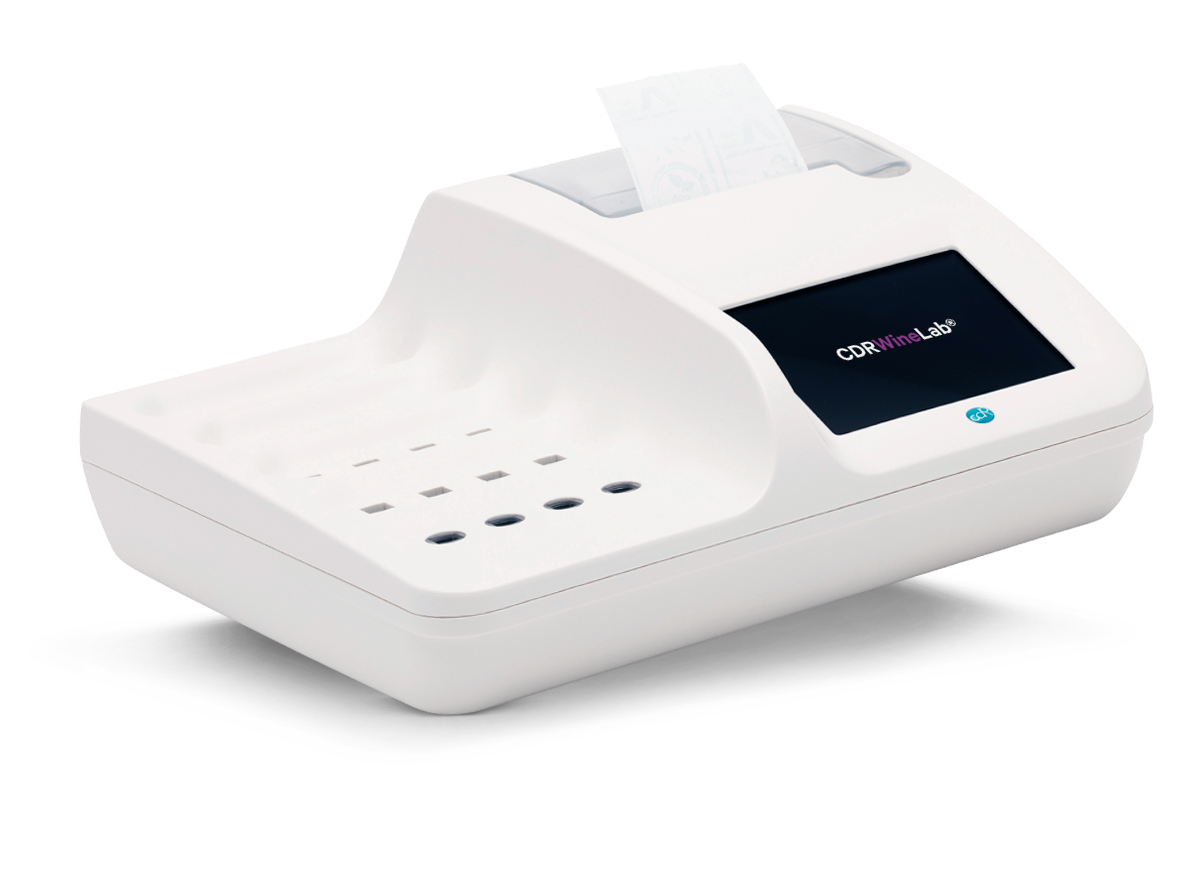Determination of Alcohol by Volume (ABV) in wine and must
Alcohol content is the measurement of ethanol content in an alcoholic beverage. In wine constitutes an important quality parameter.
The determination of alcohol by volume with CDR WineLab® is simpler and faster than OIV method, OIV methods: it consists in a simple photometric reading and operates on a small sample of wine as is without any distillation.
The analysis has a high repeatibility and reliable. The results you obtain with CDR WineLab® are compliant with the results of OIV reference analytical methods.
Method
Principle of the test
Ethanol is oxidized in an alkaline environment through an enzymatic reaction and converted in acetic aldehyde in presence of NAD+, which in turns produces NADH. The increase of the absorbance, measured at 366 nm (end-point) is directly proportional to the concentration of ethanol in the sample. The result is expressed in %v/v.
...
Calibration curve
The calibration curve of CDR WineLab® and the reference analysis method.
...
Reagent test Kits
Measuring range
| Analyses | Measuring range | Resolution | Repeatability |
|---|
Analyzers for process and quality control in winemaking
CDR WineLab®
- Complete analysis panel, supplied already configured
- Up to 16 determinations simultaneously
- Possibility of carrying out analyses of the same sample
- Integrated printer
- Full connections (LAN - USB - Bluetooth barcode/QR code reader)
CDR WineLab® Junior
- Partial analysis panel, supplied configured with 3 analyses of your choice, implementable
- Up to 3 determinations simultaneously
- Wireless connection to external printer
- USB connections
